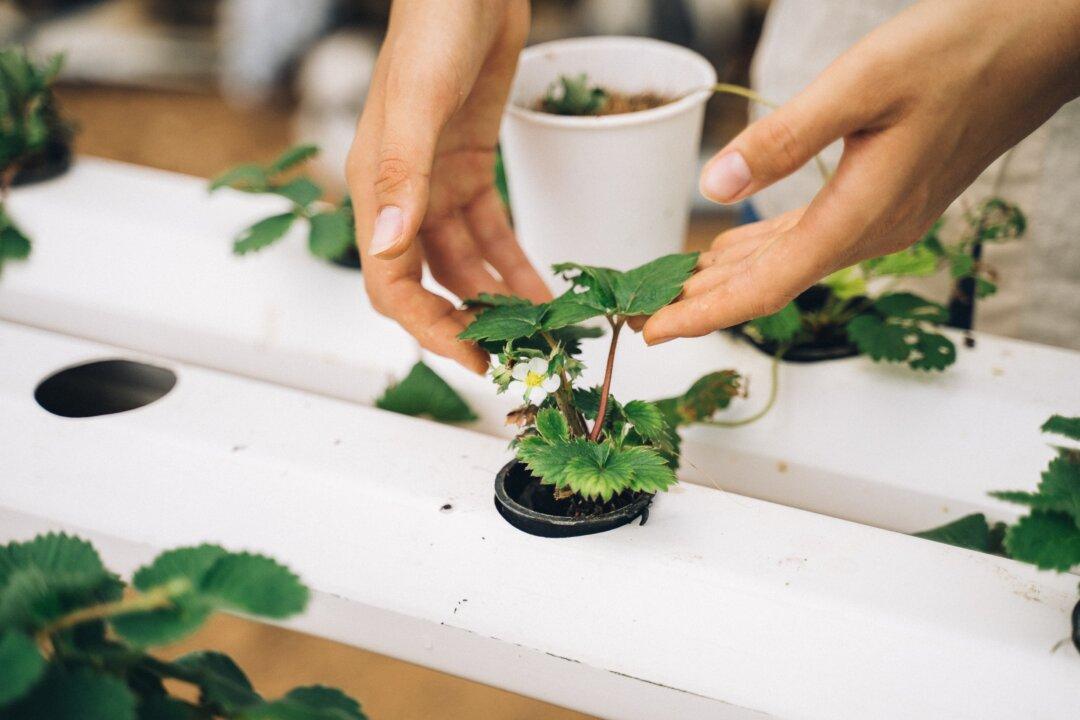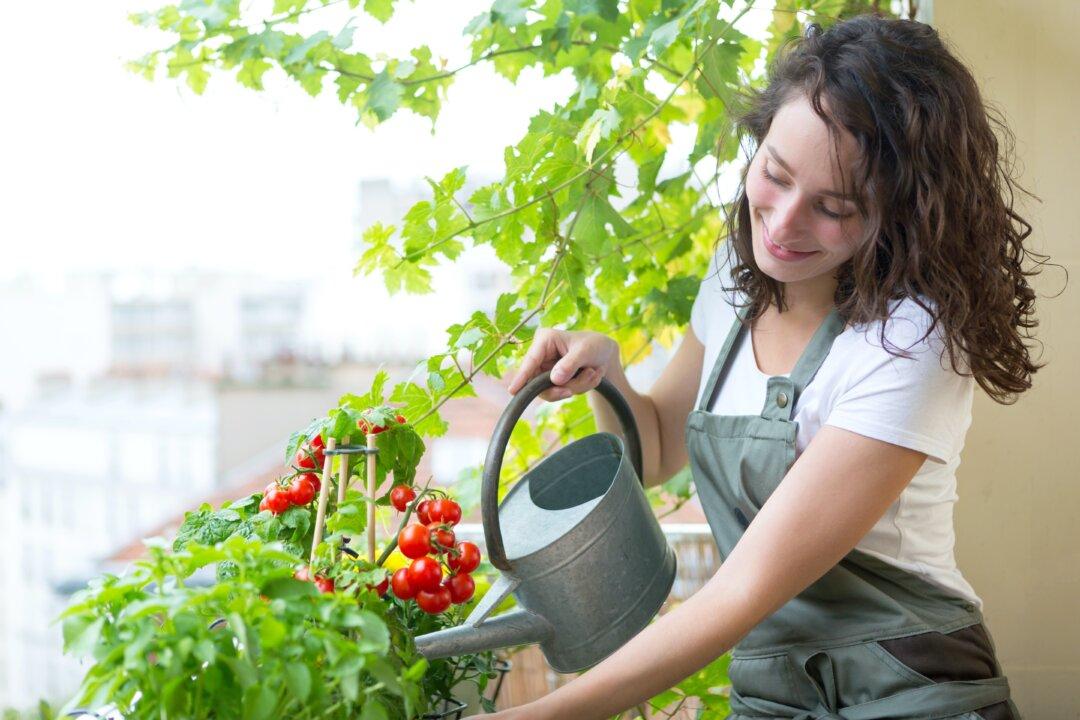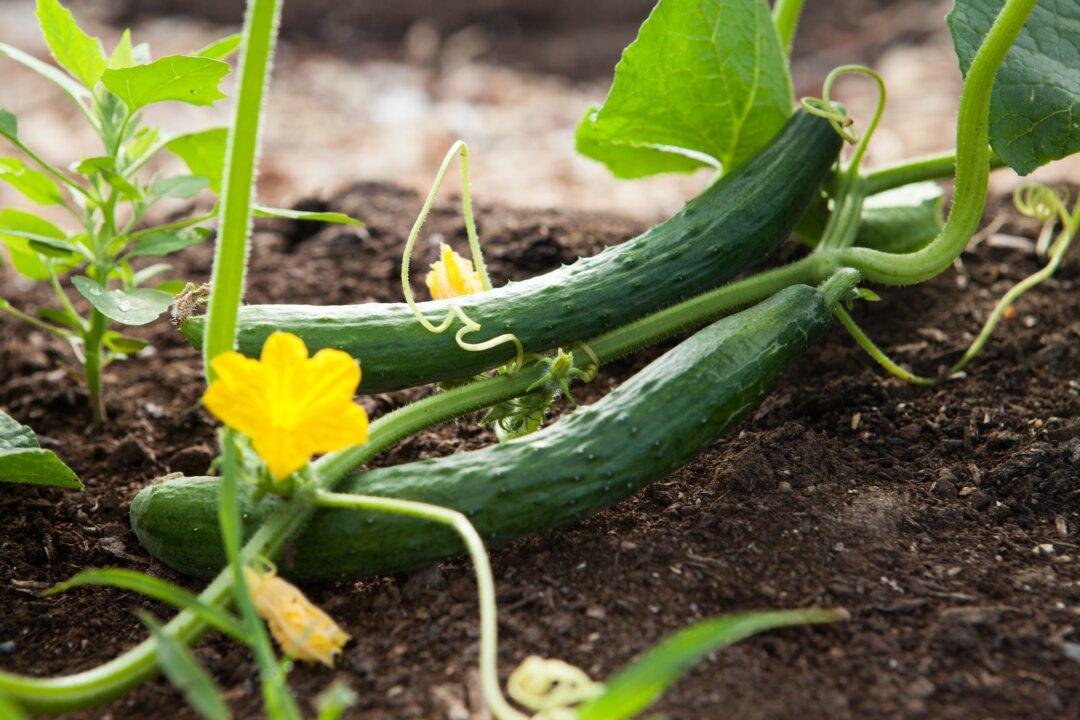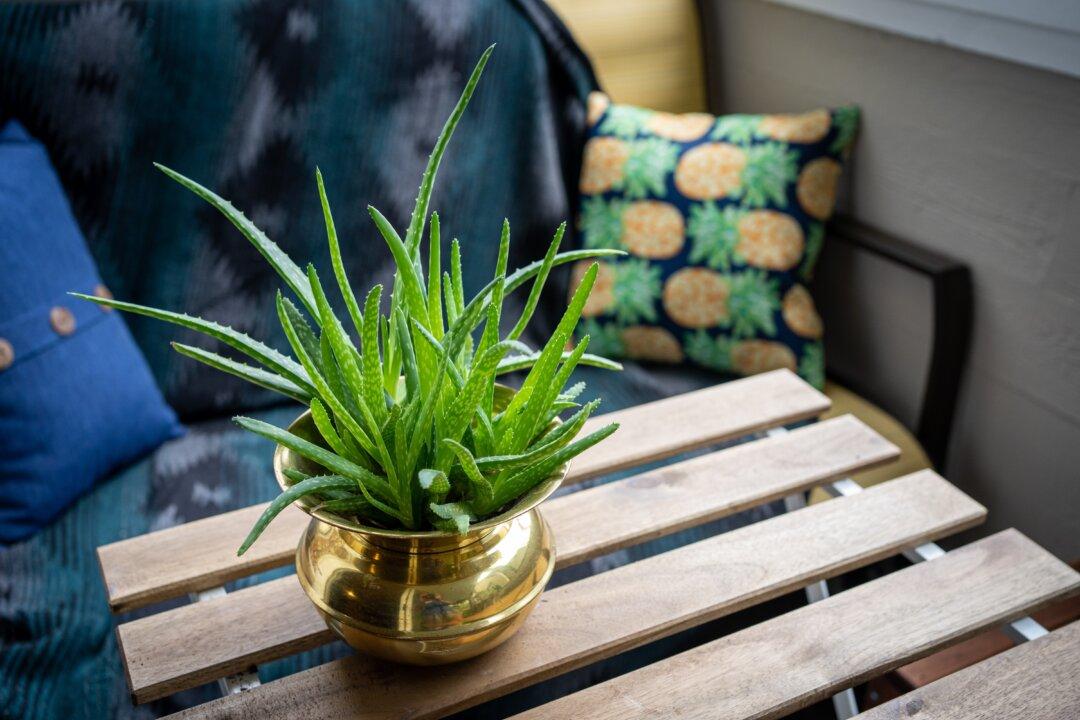We don’t have to travel far to get the medicine we need. Many people, especially in western cultures, believe that our prescriptions should be discovered “elsewhere,” yet they can be located right in our kitchen or backyard if we simply look. Instead of proceeding with the chemical copy of nature, get it directly from the source by having a medicinal garden.
Getting Started
Order a catalog, look online, or ask a gardener for a recommended herb with the healing properties of what you’re looking for. Determine whether or not the herb thrives in your location, and then make a list of herbs to plant. You can get some medicinal herbs from seed or buy some already grown. Some herbs take a long time to grow, and you may not need them in volume. Many herbs may be cultivated from cuttings, so ask around for specific cuttings to save money on your medical herb garden.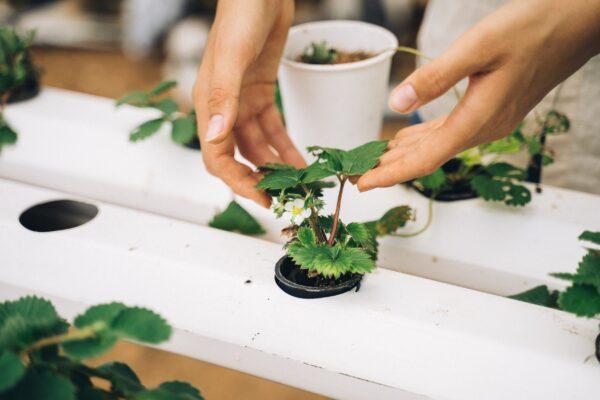
Sanctuary of Love grows their own herbs and use them in all their recipes. Jonathan Gutierrez

